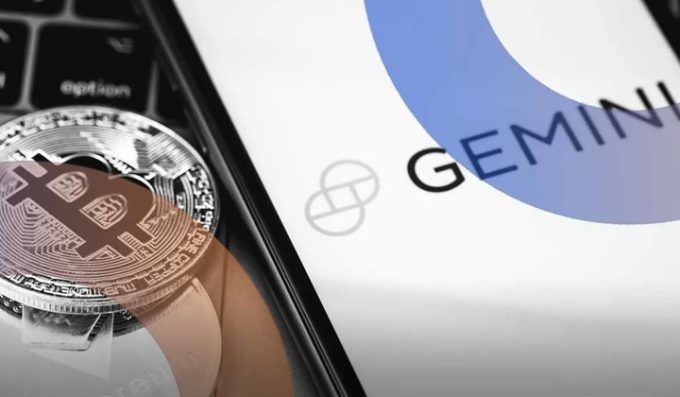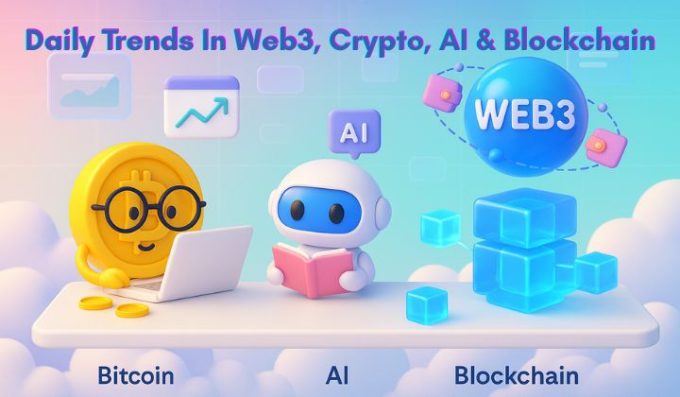Understanding The Stacks Token And Key Role
The recent surge in prices of Stacks (STX) token has grabbed investor attention, which helped this altcoin to lead recovery across the smaller-cap cryptocurrencies. As of Jun 21, 2023, one STX trades for roughly $2.15, and the platform’s aggregate market capitalization (in terms of token value) stands at roughly $2.27 billion.
Let’s understand what Stacks are, and why so much buzz around this altcoin?
Understanding basics of Blockstack (Stacks):
Stacks token (STX) is the cryptocurrency of the decentralized computing platform Blockstack. Blockstack is a project that utilizes blockchain technology to expand the functionalities of bitcoin by serving as a second layer protocol.
To begin with, the Blockstack is a blockchain-based protocol, which was hosted on the decentralized Internet platform. The protocol launched in 2017, allows users to own and control personal data. This feature is achieved since the network applications that use the data are run locally on the user’s browser. A compatible browser is sufficient to access everything available on Blockstack.
It must be noted that the Blockstack was the first company to receive approval from the Securities and Exchange Commission (SEC) to sell digital tokens, known as “stacks” (STX), in an initial coin offering (ICO) in 2019.
Under the SEC’s Regulation A+ exemption, Blockstack’s IPO raised $23 million. At the time, these tokens could not be traded by U.S. investors on U.S. exchanges.
However, with the introduction of Blockstack’s Stacks Blockchain 2.0 on Jan. 14, 2021, Stacks tokens can be traded by U.S. investors on U.S. digital asset exchanges because Blockstack’s network will be no longer be controlled by any single entity. Therefore, its Stacks token can no longer be considered a security under SEC regulations. As a result, Blockstack filed an exit report to the SEC, stating that it would no longer be filing the required reports with the U.S. regulator.
Salient features of Stack
The Blockstack user is not required to upload data to an external site, for instance Facebook, or to an application, such as WhatsApp. However, they can still share their data and media feed with friends and other users.
The activity of sharing data or media friends is carried out by using decentralized applications (also called dApps) that are based on blockchain technology. DApps are run locally on the user’s browser, and users continue to own their data (text, images, videos, files, etc.).
Using the decentralized security granted by blockchain technology, a Blockstack user gets digital keys to create their identity on the Blockstack network. User data can be stored locally or connected to their storage hosting providers, which allows the user to retain full control.
Data processing is run on a client’s local machine, which is connected to the network (but not via a platform’s centralized servers). A networked storage system, called “Gaia,’ enables what Blockstack describes as “user-controlled private data lockers.”
Users connect their “data lockers” to Blockstack’s client software, and applications write to the lockers directly. The locker acts as storage for all the information attached to a user’s account (also called a user’s “universal ID”).
Sharing of content is achieved through a secure and encrypted medium. The Blockstack network supports tokens, like bitcoin, and other cryptocurrencies and is available for peer-to-peer (P2P) transfer or charging for downloads, subscriptions, and more.
Tokenomics:
- Blockstack is a decentralized computing platform, built on blockchain technology, that focuses on individual control of online data and identity.
- Through Blockstack, users choose which data to share, whom to share it with, and who stores their data, while application developers can’t access the data.
- The system utilizes applications that are run locally on a user’s local machine.
- In 2019, the Securities and Exchange Commission (SEC) approved the issuance of “stacks,” (STX) tokens, raising over $23 million.
- To win the approval, Blockstack had to work closely with the SEC to develop a protocol from scratch; it was the first digital token offering under Regulation A+.
You need to login in order to Like















